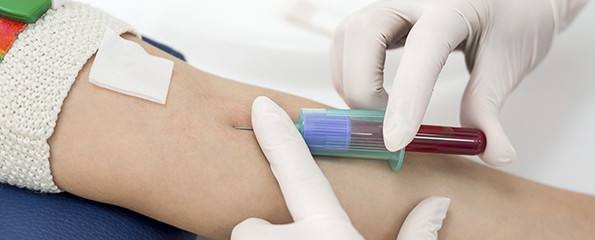World-first human Hendra virus clinical trials begin
An antibody manufactured at The University of Queensland will be used in world-first human Hendra virus clinical trials starting this month.
UQ Australian Institute for Bioengineering and Nanotechnology (AIBN) Director Professor Peter Gray said the monoclonal antibody m.102.4 was the world’s first antibody administered to humans as a treatment for the rare but deadly viral disease.
“Queensland Health contracted us to manufacture the antibody for emergency stockpiles and for the human trials,” Professor Gray said.
He said the antibody was engineered to mimic antibodies the human body produced naturally as an immune system response to germs, viruses and other invaders.
“It is important to understand that the antibody treatment is not a vaccine, and it needs to be administered within a short time after exposure to the Hendra virus,” he said.
The treatment is considered an experimental therapy and will only be used in emergency situations until the human trials have been completed.
There have been 52 recorded incidents of Hendra virus in horses in Australia since 1994, with 14 in New South Wales and 38 in Queensland. Ninety horses have died from the virus.
There have been seven human cases of Hendra (including four fatalities) recorded in Australia, all in Queensland.
Professor Gray said the AIBN had developed a method of producing larger amounts of the antibody without needing to reproduce any part of the Hendra virus.
The institute has produced the antibody for collaborators at the CSIRO Australian Animal Health Laboratory in Geelong for testing in animal trials.
Professor Gray said the antibody was developed through a long-standing association between Australian researchers and the US laboratories of Professor Christopher Broder at the Uniformed Services University of the Health Sciences and Dr Dimiter Dimitrov of the National Cancer Institute, National Institute of Health.
“The US laboratories were able to synthetically produce a portion of the virus and create an antibody that specifically recognised it,” Professor Gray said.
(Source: The University of Queensland)
Dates
Tags
Created by:

 Login
Login














